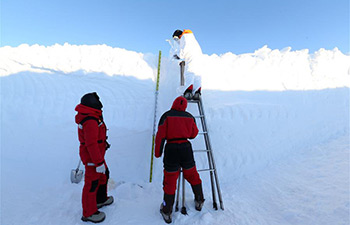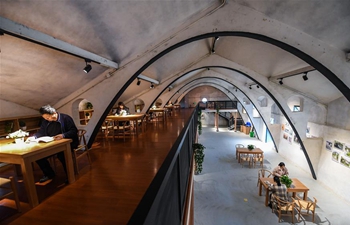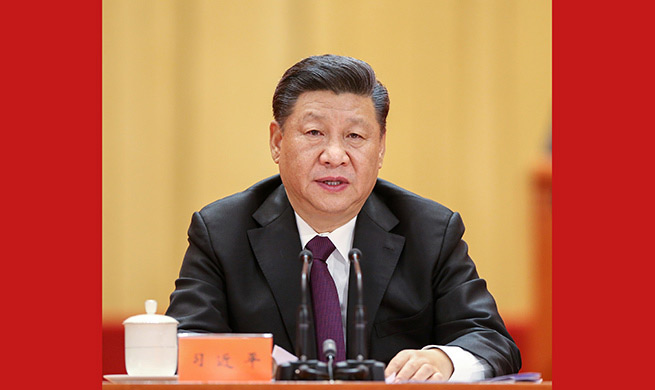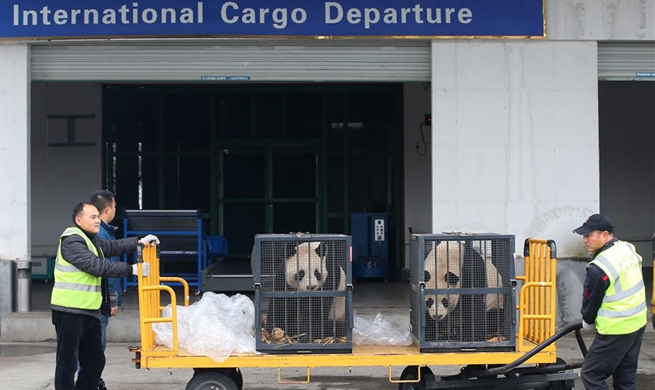PHNOM PENH, Dec. 21 (Xinhua) -- Cambodian economy has been projected to grow by 7.3 percent this year, spurred by the robust performance of garment exports, tourism and construction, Deputy Governor of the National Bank of Cambodia Neav Chanthana said Friday.
"Nevertheless, this growth has relied on a narrow base as there are only four pillars supporting it, including garment exports, construction activities, tourism, and agriculture," she said in a speech at a macroeconomic conference here.
Chanthana said garment and construction sectors have expanded remarkably in recent years, while tourism sector has also enjoyed a significant rise.
Government figures indicated that garment and footwear exports rose to 4.1 billion U.S. dollars in the first six months, an increase of 11 percent over the same period last year, as the construction sector attracted a total investment of 2.15 billion U.S. dollars during the January-June period this year.
For tourism sector, the Southeast Asian nation received a total of 4.82 million international tourists during the first 10 months, up 11.5 percent over the same period last year, said a tourism data.
Tourism growth is driven by a remarkable surge in tourist arrivals from China. The data showed that some 1.62 million Chinese tourists visited the kingdom during the January-October period, up 71.5 percent year-on-year.
For agriculture sector, the deputy governor said despite a declining contribution to the country's GDP during the last two decades, the sector still continues to contribute to enhance growth.
Some international institutions have issued similar forecasts for Cambodia's growth this year, with the International Monetary Fund (IMF) predicting it at 7.25 percent, the World Bank projecting 7 percent and the Asian Development Bank expecting 7 percent.
In its October statement, the IMF said Cambodia's growth is projected to remain robust, around 7 percent, in the near term before moderating to around 6 percent in the medium term due to subdued productivity growth and maturing credit and real estate cycles.













